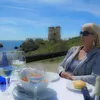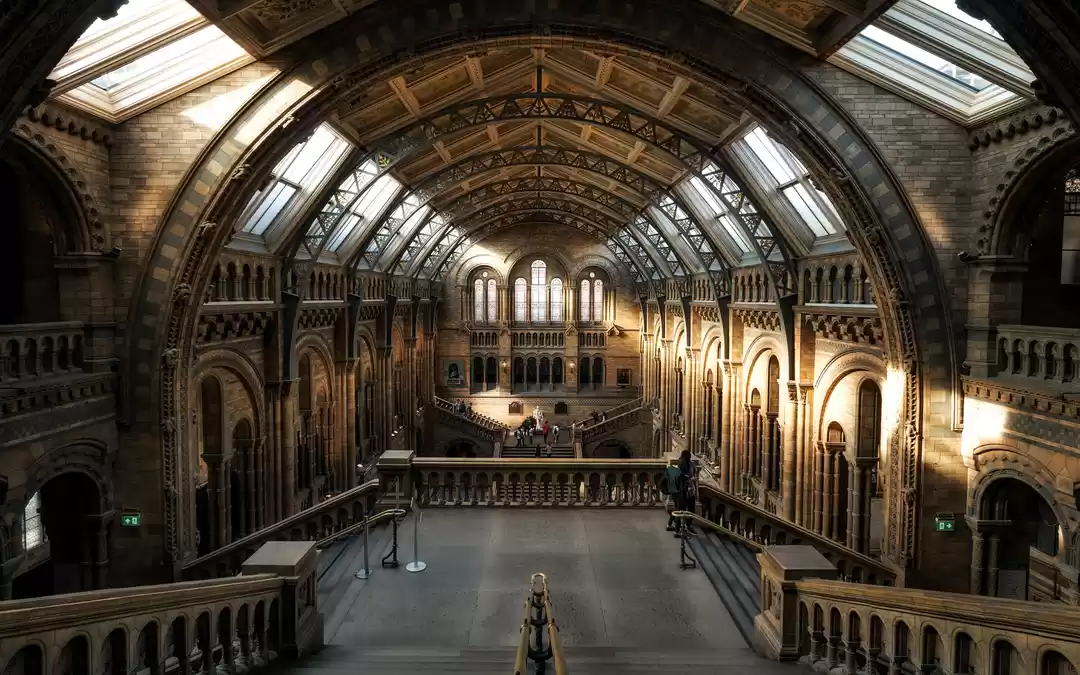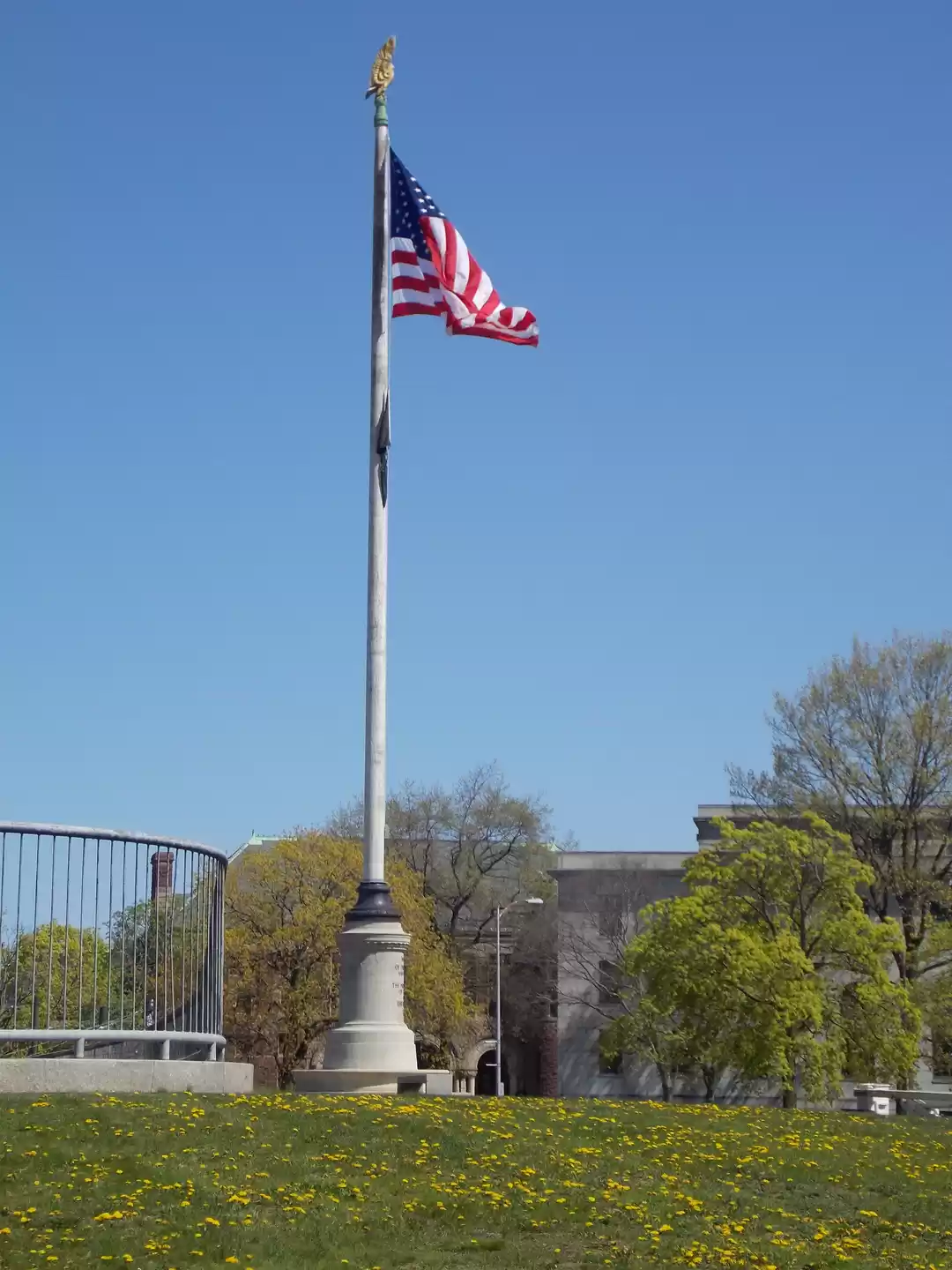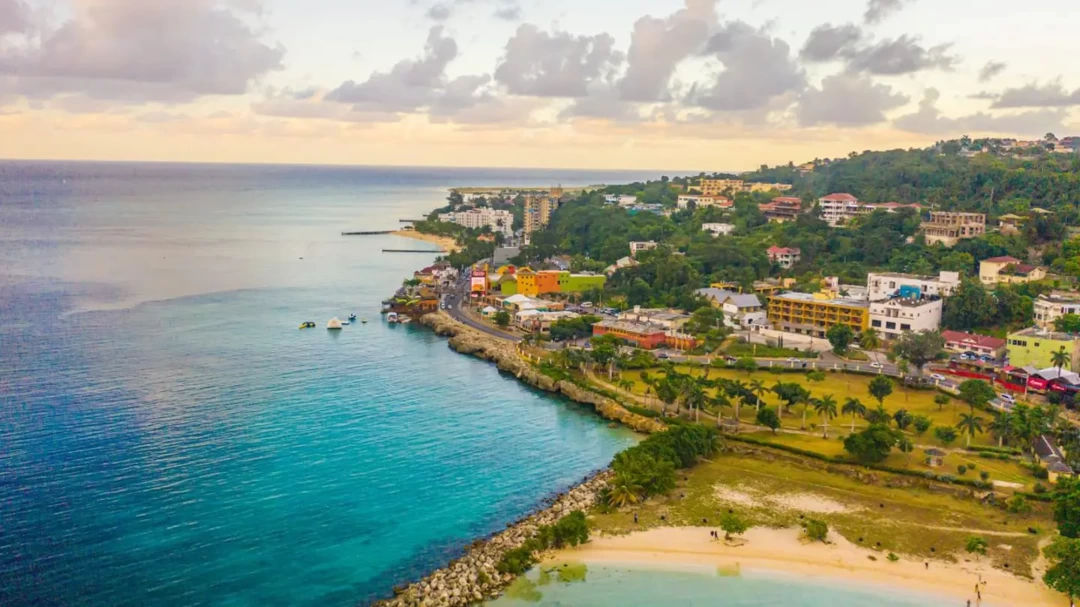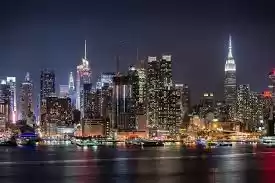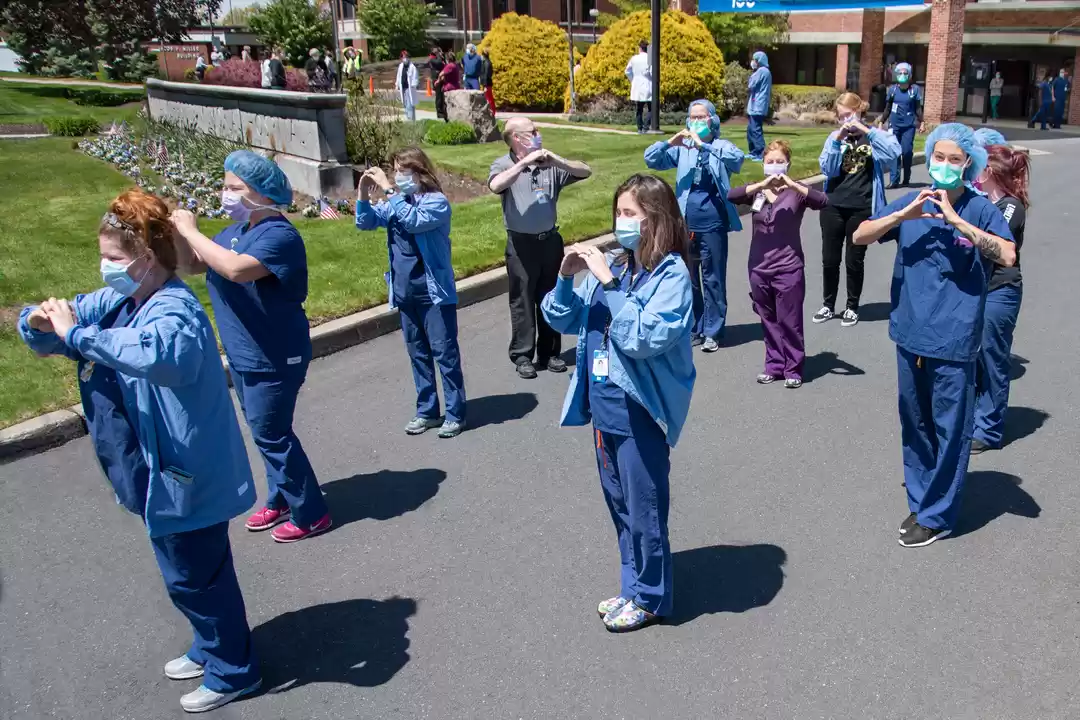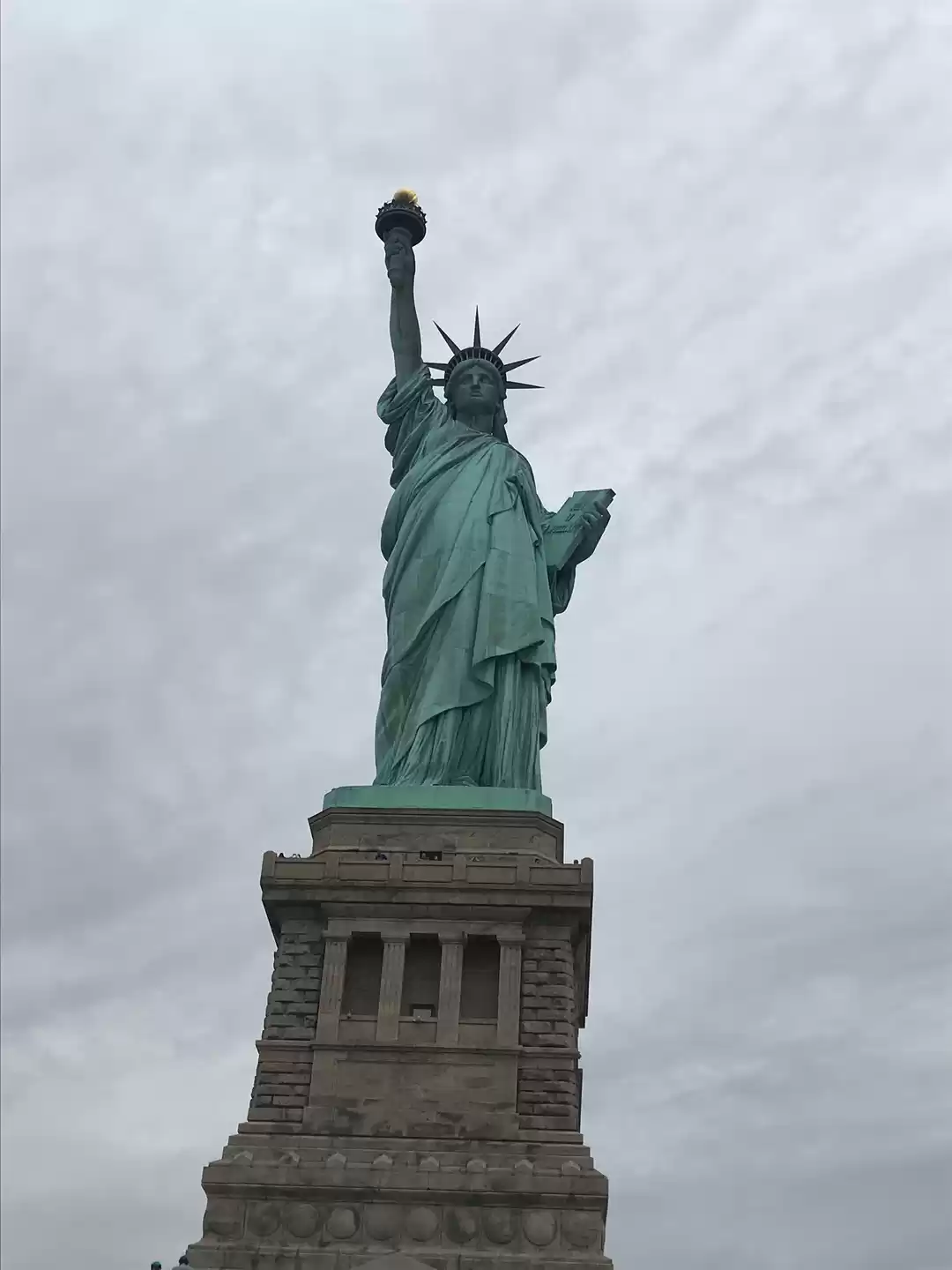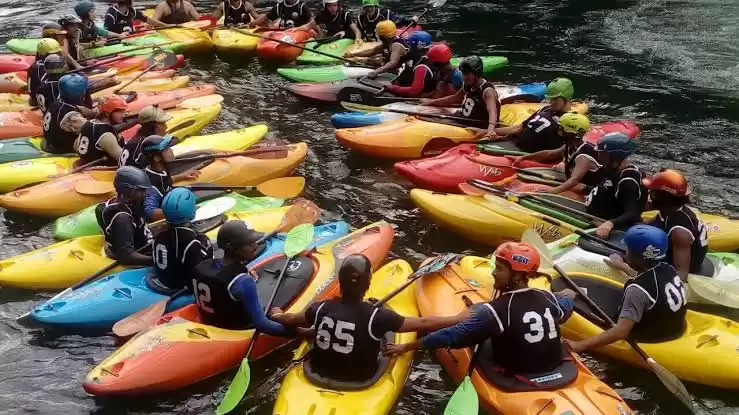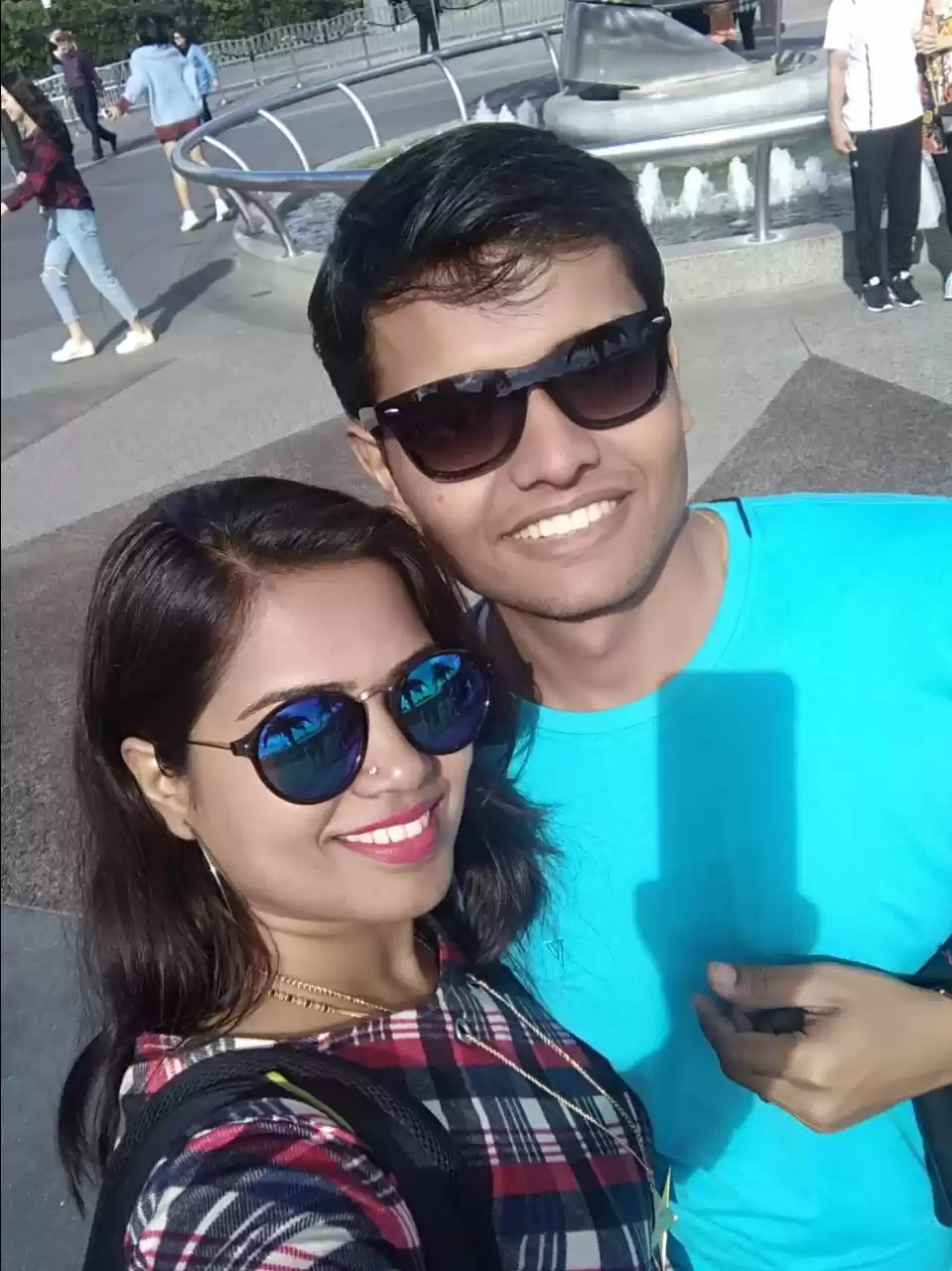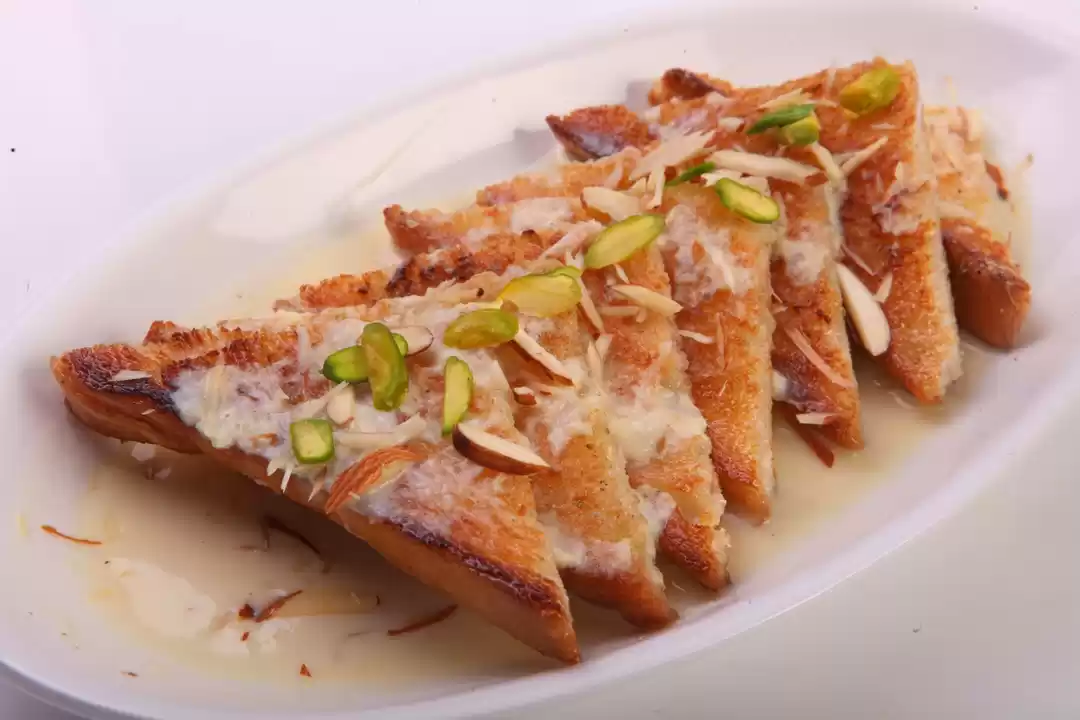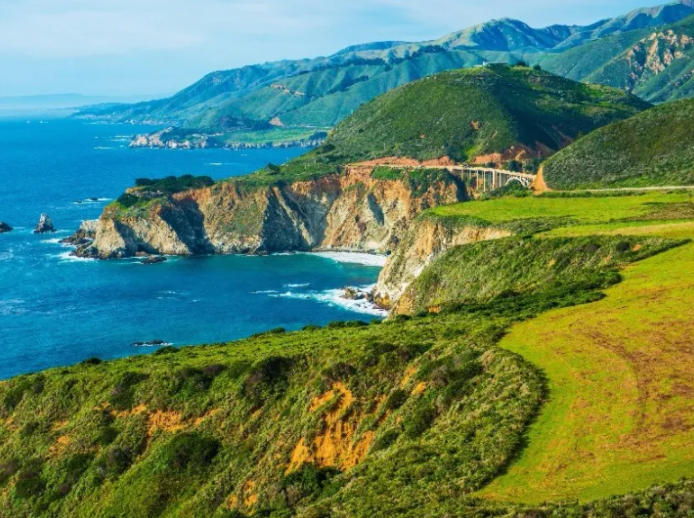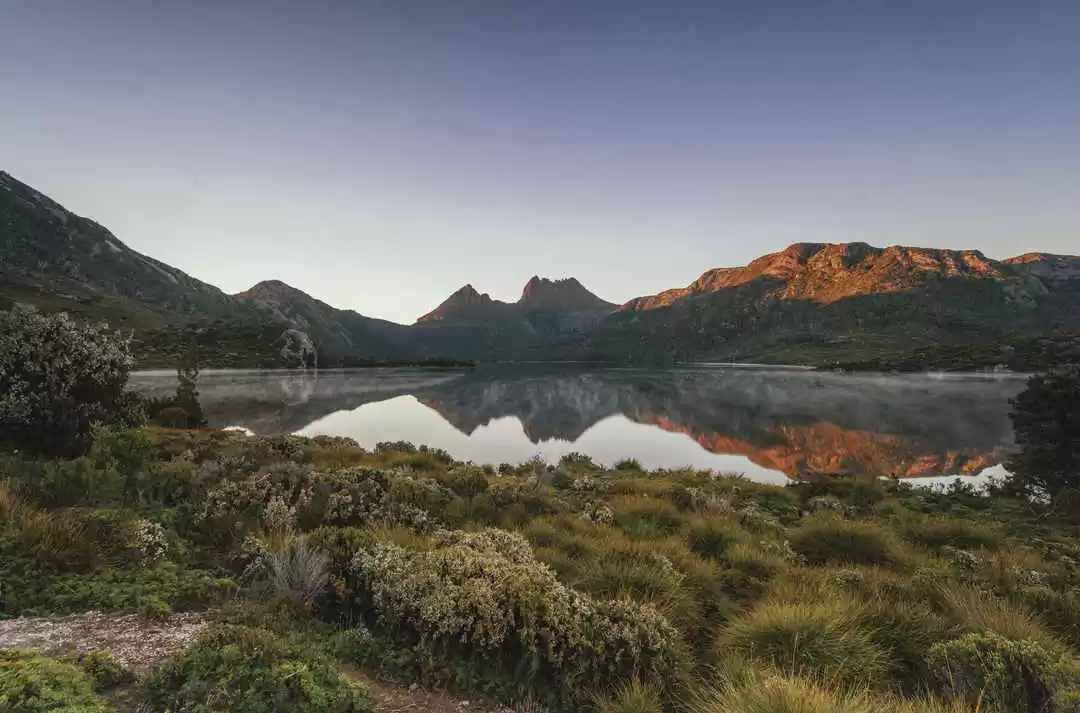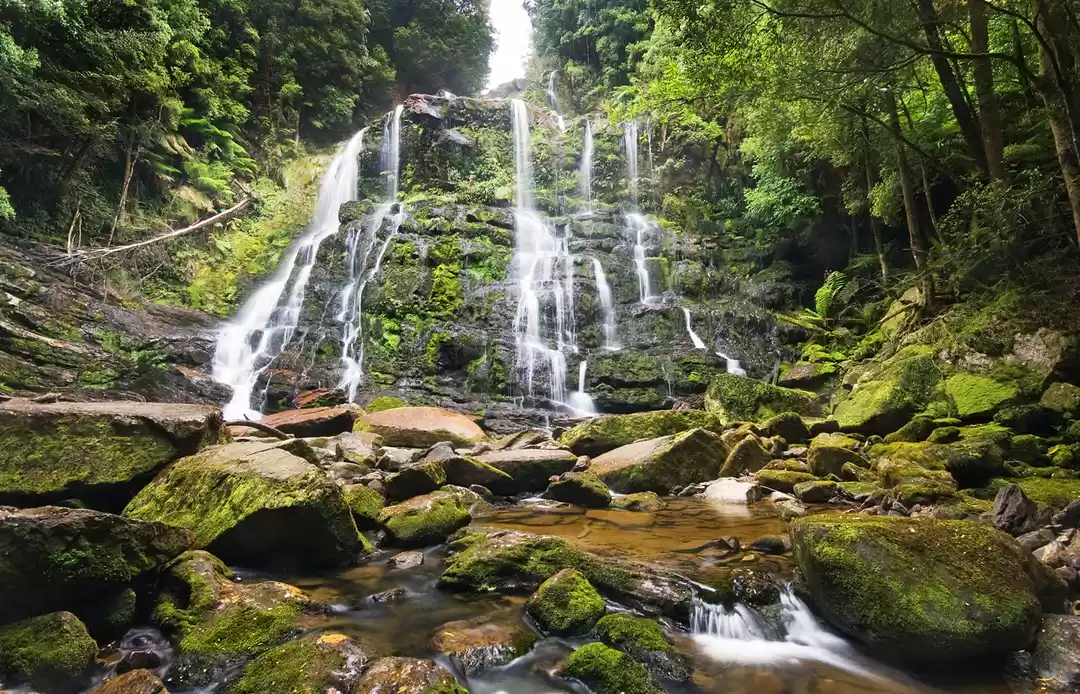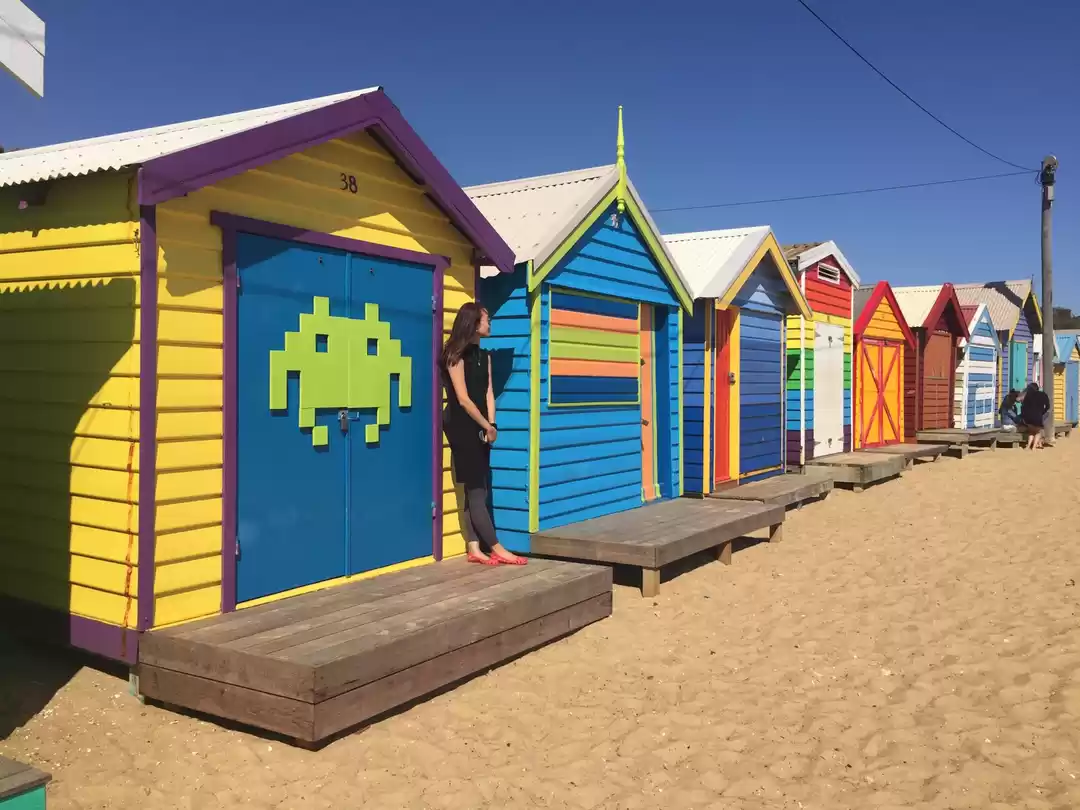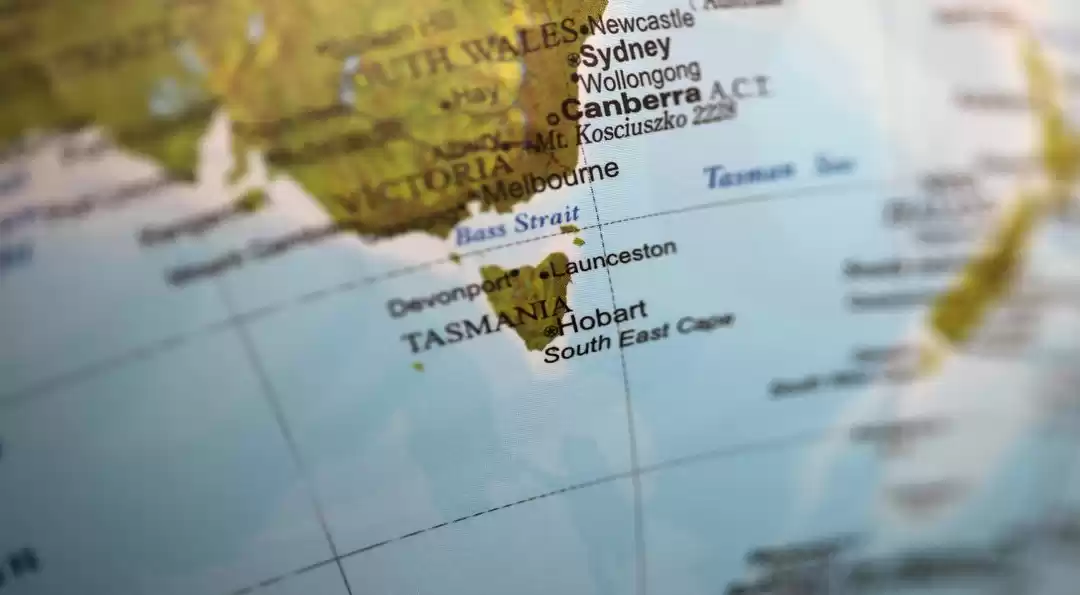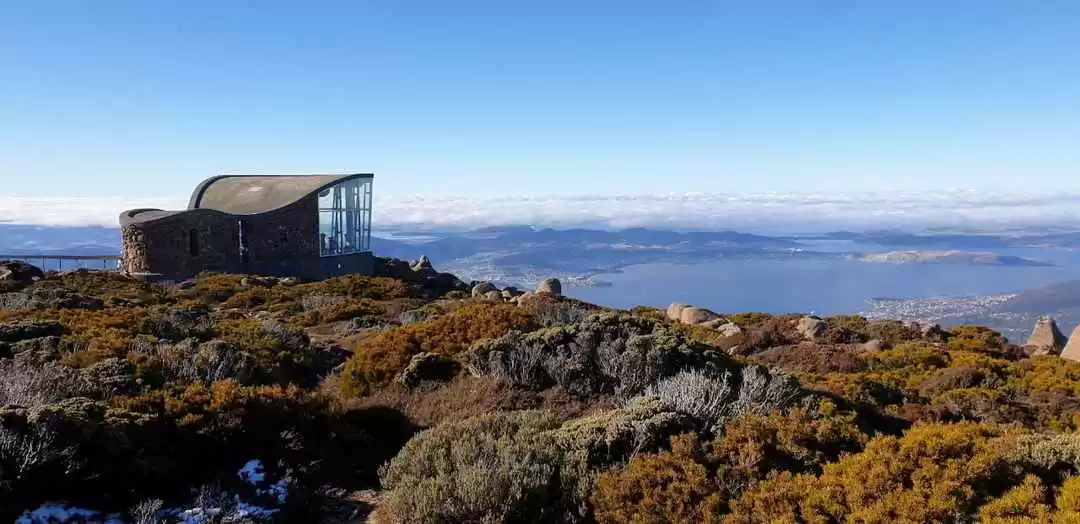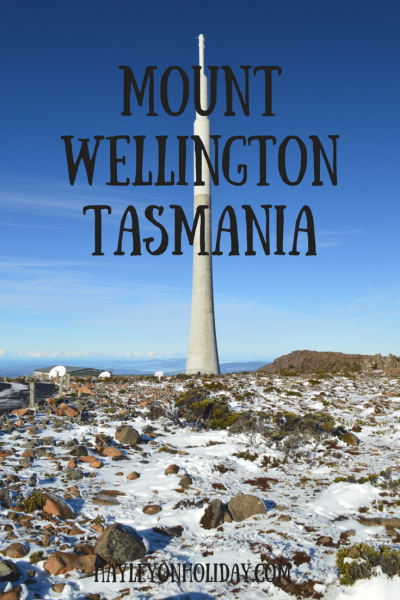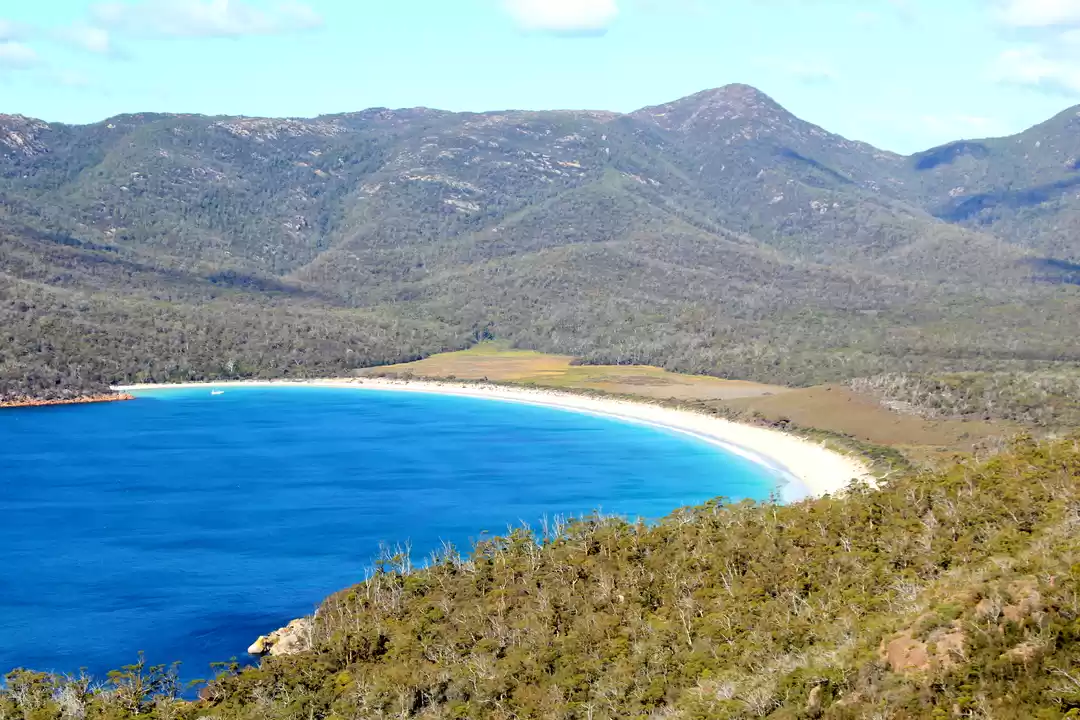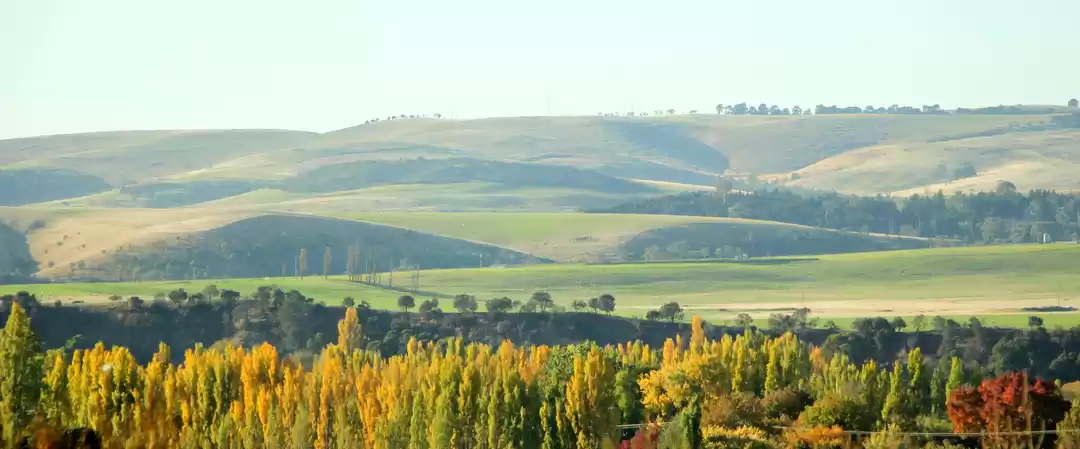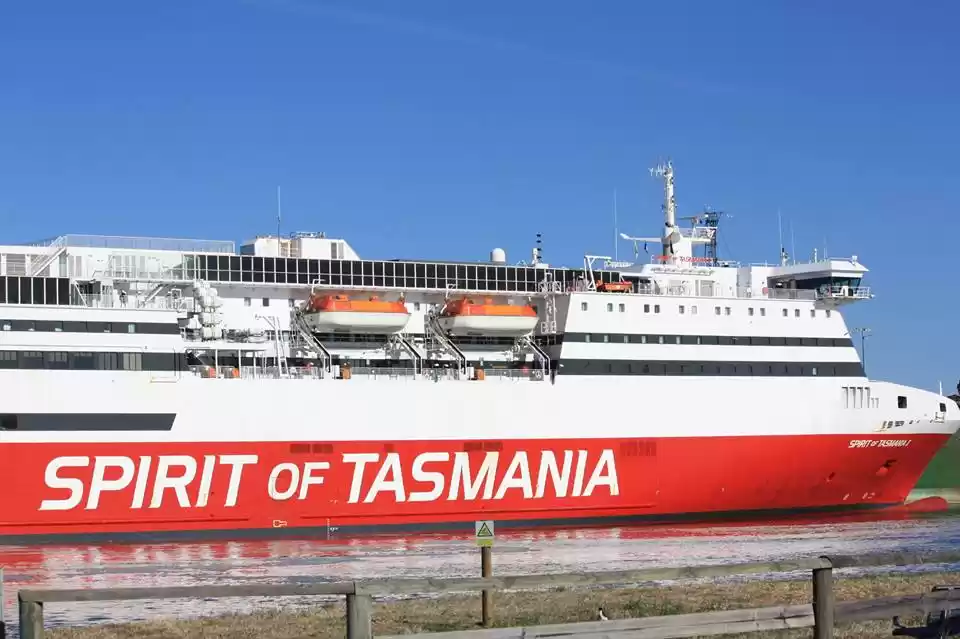








For our last adventure in Oz, we flew to Tasmania with our daughter, Kate. The breathtaking views, quaint little villages and excellent food and wine put Tasmania high on my list of places everyone should visit. But for whatever reason — perhaps it is the still visible remains of Tasmania’s roots as a brutal penal colony or the way the clouds sweep in to create a moonscape feel along the cliffs — I found this small island off the coast of Australia to be one of the spookiest places I’ve ever visited.
To get a sense of Tasmania, try this: Imagine that you own a house, and after doing some research you find out that your house was built by convicts who were starved and beaten and might have worked themselves into a grave laboring on your house. How would you feel? Would you move? (I might.) If you are Tasmanian, you would probably shrug and eventually get round to putting a plaque up.
The dark history of this place still hangs heavy in the air and I wanted to understand it. So, after a short flight from Melbourne into the main port of Hobart, we set out to see was the ruins of the Port Arthur penal colony. Port Arthur was one of the most brutal of England’s penal colonies in the 18th century and sadly, boys were among its residents (the youngest convict at Port Arthur was 9 years old, convicted of stealing toys). It is a massive site that is remarkably well-preserved, right down to the Island of the Dead, where both convicts and the families of employees of the facility were buried (the latter being the only ones who got headstones). Featured on numerous television shows about the paranormal, Port Arthur is considered by many to be the most haunted place in all of Australia, so if time permits, stay overnight and catch the ghost tour. (Warning: There are few options for food and lodging in the area, so plan ahead if you opt to stay for the ghost tour.)
Equally as important as Port Arthur, the ruins of the old “Female Factory” (the women’s prison) is a must-see in Hobart. Women (poor women specifically) were sentenced to “transport across the seas” for the most trivial of “crimes”, primarily because Britain’s penal colonies (Australia included) needed women — comfort women for the men who ran the prison settlements and wives for the emancipated convicts who would remain in the colonies and become productive settlers. Louisa’s Walk, a fabulous piece of experiential theater focusing on the stories of women held at the Female Factory, brought it all home in a visceral way (Louisa’s Walk runs twice daily so if you visit Hobart, do not miss this).
Nature is, of course, one of the main attractions in Tasmania, so once we got our history lessons out of the way, we headed up to Mount Wellington for a hike. The views from the top of the mountain to the sea and the city of Hobart below are truly spectacular; my only regret is that I did not have a chance to cycle to the top. We also took a sea plane out for a better view of the coastline around Hobart (sea plane tours are a great way to combine several sites such as Port Arthur and Bruny Island into a single day; the sea plane has the ability to land just about anywhere, so it is an efficient way to get around).
Other amusements included the Mona Museum, a lovely, idyllic day poking around the historic village of Richmond (we stayed at the Hatcher Inn in Richmond, which was quaint and wonderful), the Salamanca Market on Saturday and many fabulous meals (we ate memorable meals at Mures and The Drunken Admiral, although fish and chips just about anywhere in Tasmania is fabulous eating).
Tasmania was a lovely way to end our time in Oz, although bittersweet since it was the last “excursion” with my daughter for awhile (she is working in Melbourne until the end of 2014). I’m not done there. Someday I’d like to return and spend some time at the other end of the island.

